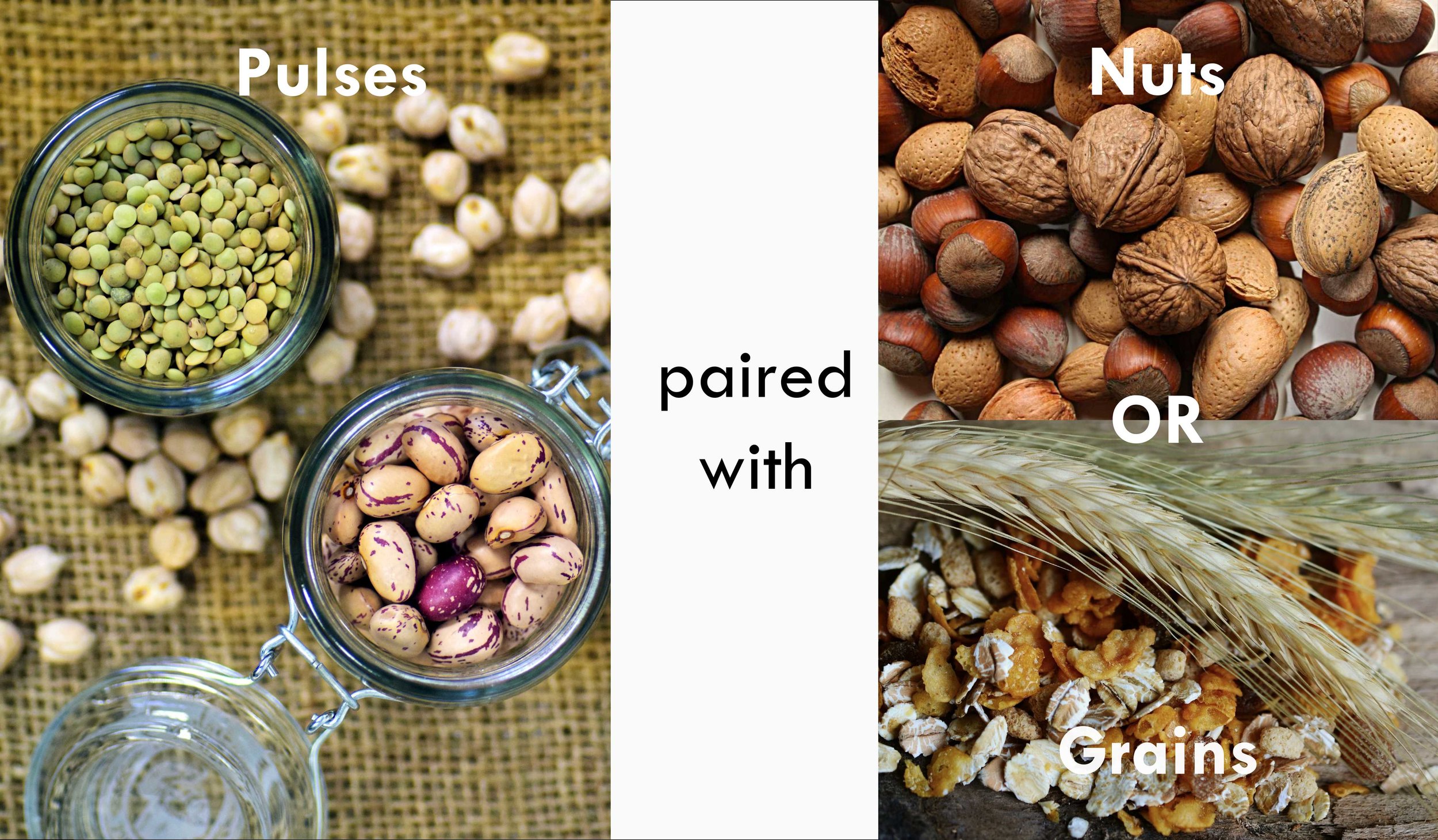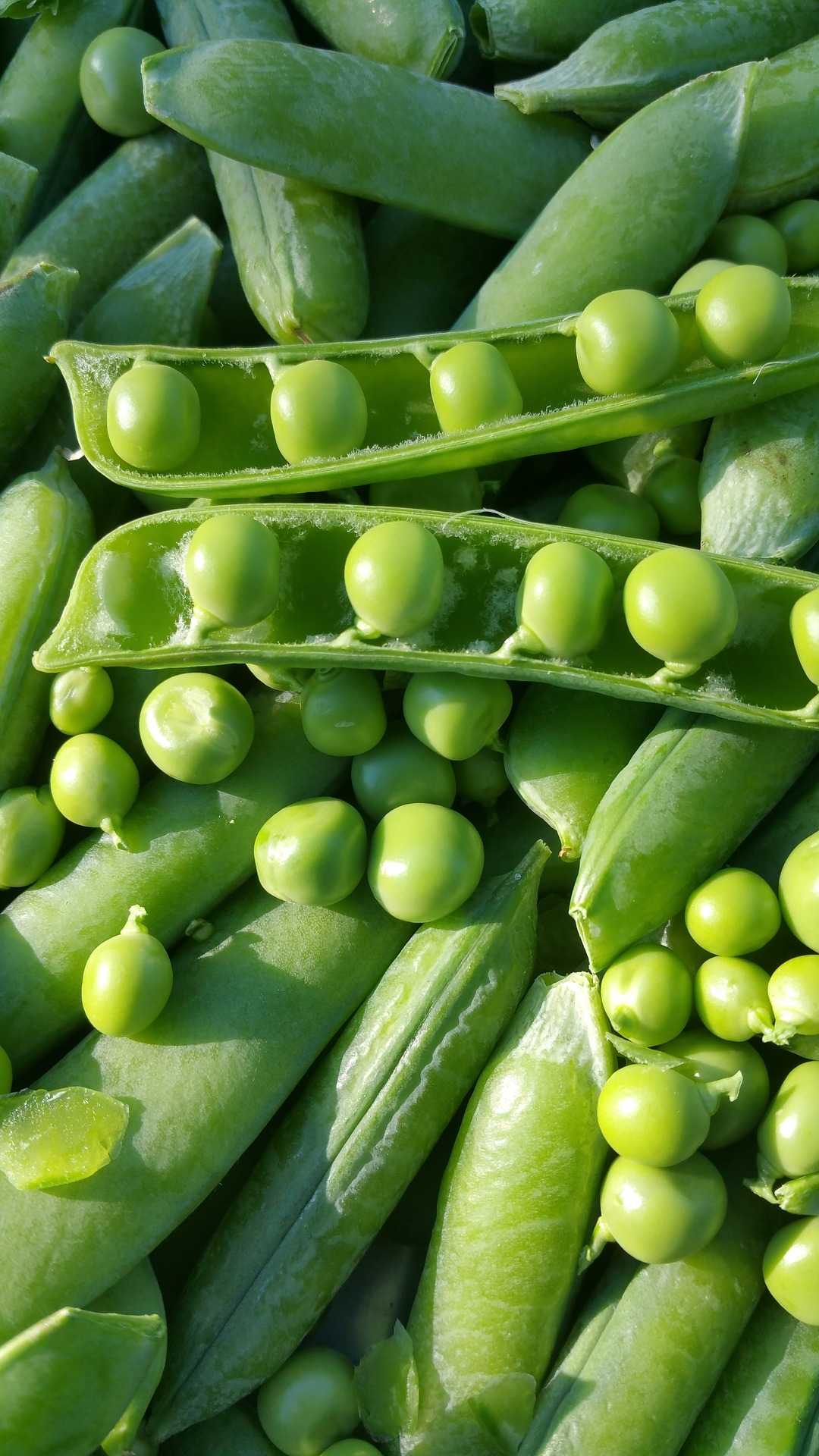Veganuary: Nutrient Companions - Protein
Veganuary is rising in popularity and gives everyone an opportunity to explore the impact of diet on their health and the environment. As with any diet that removes a food source or food group, it is important to understand the needs of our bodies and how our dietary choices can ensure that we can fulfil our nutritional requirements given the food choices that we have made.
Getting a healthy balance of nutrients from a vegan diet requires some planning but can be made easier and more effective if you pair some foods and nutrients together
Vegan Nutrient Companions: Protein
Protein, what is it and why do we need it?
Protein in dietary terms is a macronutrient, which when broken down by our digestive processes provides the components for an array of functions in our bodies. For example, it:
gives us our structure and movement, through the muscles supporting and propelling our skeleton to the collagen in our bones, tendons and skin and not forgetting the keratin in our nails and hair,
forms enzymes, which among other things, help us break down our food, extract the nutrients and convert calories to energy,
provides transportation and storage around the body, for example, haemoglobin transports oxygen in the blood while ferritin stores iron in the blood,
regulates our immune response whether signalling for an immune response (cytokines) or identifying foreign invaders and producing antibodies (lymphocytes) or clearing up the debris following an infection (phagocytes).
Can you get enough protein on a vegetarian or vegan diet?
The short answer is yes - absolutely.
The challenge is to ensure that your diet provides enough of all the different “types” of protein required for optimal health.
Are there different types of protein?
In chemical and biological terms, proteins are molecules and the building blocks of all protein molecules are amino acids of which there are twenty. Eight of these are essential amino acids, which means that our bodies cannot manufacture them, and they need to be consumed. The other twelve amino acids are non-essential in the sense that if they don’t come directly from our diet they can be created by our bodies. Animal sources of protein are often referred to as “complete” proteins because they contain these eight essential amino acids, whereas plant based proteins tend to have some but not necessarily all the essential amino acids.
This is where variety and food combining plays a critical role in a healthy vegetarian or vegan diet. By consuming a diet rich in variety and different plant proteins, you can ensure that you are supplying your body with the complete set of essential amino acids to ensure it functions optimally.
There is a scale called the Amino Acid Score, which is useful in understanding which foods provide all the essential amino acids and which need to be complemented with another amino acid source. An Amino Acid Score of 100 or higher indicates a complete or high-quality protein. If the Amino Acid Score is less than 100, then it is suggested that you combine it with a complementary protein to provide a balance of all the essential amino acids.
As a rule, grain and cereals can be poor sources of the amino acid lysine but are good sources of methionine. Conversely, legumes and beans are generally good sources of lysine, but have limited quantities of methionine. By ensuring both types of plant protein feature in your diet you can ensure that you have a good supply of all your essential amino acids.
Complementary proteins
By pairing the following food groups, you are more likely to be supplying your body with all the essential amino acids. These combinations don’t need to be eaten all at the same meal, but should feature as part of your daily intake.
Cereal Grains
GRAINS (protein per 100g / Amino Acid Score)
Oats (17g / 81)
Wheat
Whole-wheat Flour (14g / 54)
White Flour (10g / 43)
Rice (cooked/medium grain)
Wild (4g / 84)
Brown (3g / 75)
White (2g / 71)
Cous Cous (cooked) (4g / 38)
Amaranth (cooked) (4g / Not available)
Legumes
LEGUMES (protein per 100g / Amino Acid Score)
Peanut (raw) (26g / 70)
Peanut butter (25g / 55)
Butterbeans (cooked) (10g / 104)
Cannellini Beans (cooked) (9g / 104)
Kidney Beans (cooked) (9g / 89)
Lentils (cooked) (9g / 86)
Split Peas (cooked) (8g / 102)
Mung Beans (cooked) (7g /83)
Chickpeas (cooked) (5g / 107)
Mung Beans (sprouted) (3g / 67)
Nuts and seeds
NUTS & SEEDS (protein per 100g / Amino Acid Score)
Hemp seeds (raw) (33g / Not available)
Pumpkin seeds (raw) (25g / 136)
Almonds (raw) (21g / 54)
Pistachios (raw) (21g / 129)
Sunflower seeds (raw) (21g / 88)
Flaxseeds (raw) (18g / 92)
Buckwheat (flour) (15g / 99)
Walnuts (raw) (15g / 55)
Cashews (raw) (18g / 100)
Sesame seeds (raw) (18g / 63)
Tahini (17g / 63)
Chia Seeds (raw) (16g / 115)
Quinoa (cooked) (4g / 106)
Chestnuts (roasted) (3.2g / 108)
Peas / Mange tout







